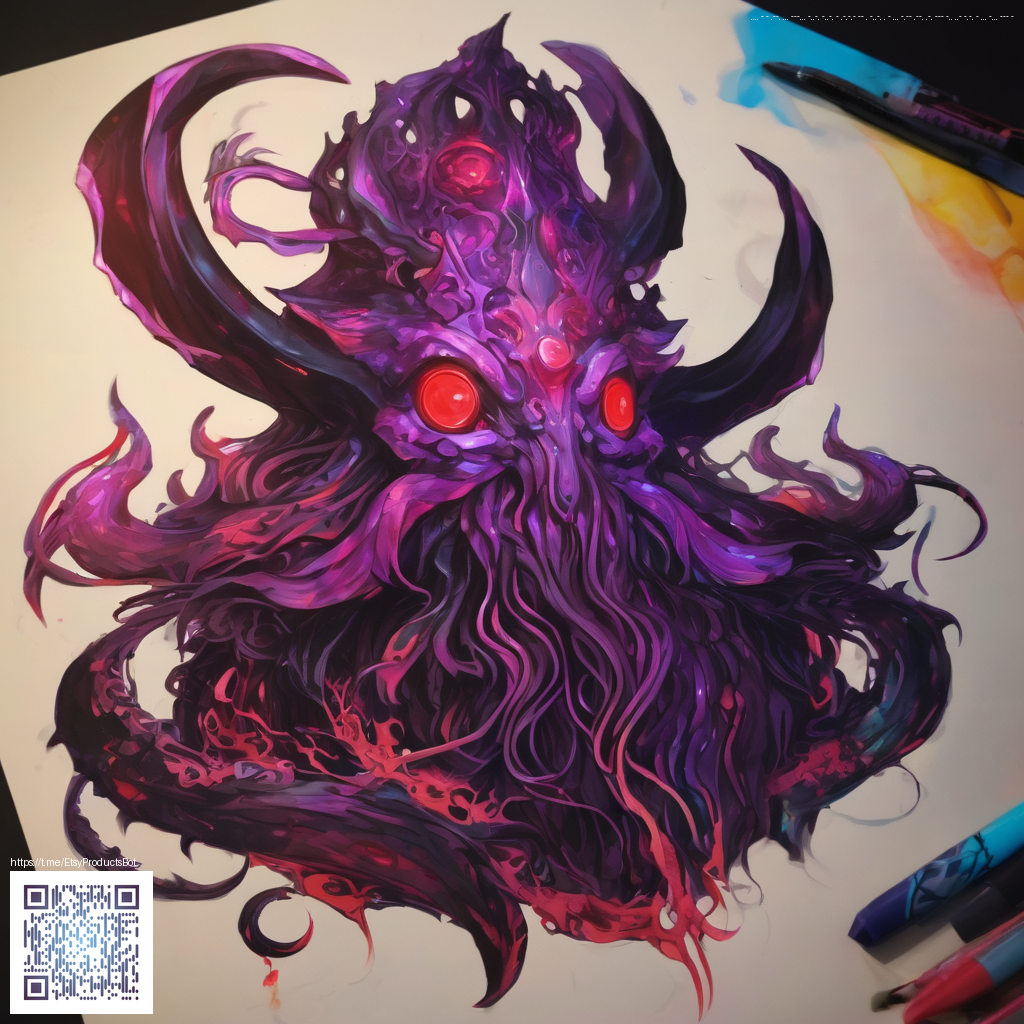What Sets Meme Coins Apart from Game Tokens
In the crypto conversation, you’ll hear a lot about two very different creatures: meme coins and game tokens. They both exist in the same ecosystem, but their purposes, communities, and long‑term trajectories can diverge dramatically. Understanding these differences helps readers separate hype from utility and makes it easier to decide what to engage with, whether you’re speculating, learning, or building.
What are meme coins?
Meme coins emerge from culture more than from formal product roadmaps. They typically revolve around a catchy meme, a community-driven ethos, and the idea that sentiment can move prices. Because there’s often no single, tangible use-case baked into the token at launch, their value relies heavily on hype, social momentum, and broad attention. This makes meme coins highly accessible—anyone can buy in quickly—but also highly volatile, with sharp price swings driven by memes, online chatter, and celebrity mentions.
From a technology standpoint, meme coins usually share the same underlying blockchain infrastructure as other tokens, but their strength is not in utility alone; it’s in the social network that supports them. That social layer can fuel rapid price appreciation or sudden drawdowns when communities lose interest or when external factors shift sentiment. For some investors, meme coins offer fast exposure to market cycles; for others, they represent a high‑risk bet on momentum.
What are game tokens?
Game tokens are designed with in‑ecosystem utility in mind. They power economies inside video games, metaverses, and other interactive platforms. Use cases include in‑game currency for purchases, staking rewards, governance votes, and cross‑title interoperability within a wider gaming universe. Because developers often pair tokenomics with real gameplay mechanics, game tokens can exhibit more deliberate demand signals tied to user engagement, content updates, and competitive ecosystems.
In many cases, game tokens exist to support sustainable economies rather than quick price surges. A well‑structured token can incentivize players to participate, contribute content, or help balance in‑game marketplaces. While not immune to market forces, their value often benefits from longer‑term user adoption and a clearer path to real‑world utility beyond speculative trading.
Key differences at a glance
- Utility vs hype: Meme coins lean on branding and community sentiment; game tokens hinge on defined in‑game use-cases and mechanics.
- Governance and ecosystem: Meme coins tend to be community‑driven with informal governance; game tokens often have structured governance tied to project roadmaps.
- Volatility and risk: Meme coins can experience explosive swings driven by social trends; game tokens may show steadier demand when games remain active, though sector risk persists.
- Supply dynamics: Meme coins frequently feature large, rapidly adjustable supplies and minting patterns; game tokens are usually designed with explicit tokenomics aligned to gameplay goals.
- Adoption context: Meme coins chase broad attention; game tokens chase ongoing player engagement and cross‑title integration.
- Regulation and scrutiny: Both can be subject to scrutiny, but game tokens with stated utilities may encounter clearer compliance pathways when tied to established platforms.
“Hype is not a strategy; real value comes from utility, liquidity, and a healthy user base.” — Crypto analyst insights
Assessing opportunities: practical guidance
Whether you’re exploring for learning or investment, a few concrete steps help separate signal from noise:
- Check the tokenomics: what is the supply schedule, minting rights, and burn mechanism? Is there a clear path to liquidity?
- Evaluate use‑case clarity: for game tokens, is there a tangible in‑game function or cross‑title utility? For meme coins, what, if anything, anchors value beyond memes?
- Study the development activity: active repositories, regular updates, and transparent teams add credibility.
- Assess the community and ecosystem health: engagement, partnerships, and active marketplaces speak to staying power.
- Mind risk management: diversify, set limits, and avoid allocating more than you’re willing to lose in highly speculative corners.
For readers who spend long hours researching, having a reliable desk setup can make a difference. A sturdy, non‑slip desk mat—such as the Custom Rectangular Mouse Pad 9.3x7.8in (Non‑Slip Desk Mat)—helps keep your workspace comfortable during deep dives into whitepapers, dashboards, and charts. It’s a small detail, but it preserves focus when you’re weighing probability, risk, and potential returns.
Ultimately, meme coins and game tokens occupy different niches within crypto. Meme coins thrive on community energy and rapid attention shifts, while game tokens aim to sustain active participation within defined digital worlds. Both can teach valuable lessons about token design, incentives, and the importance of real utility in digital economies.
